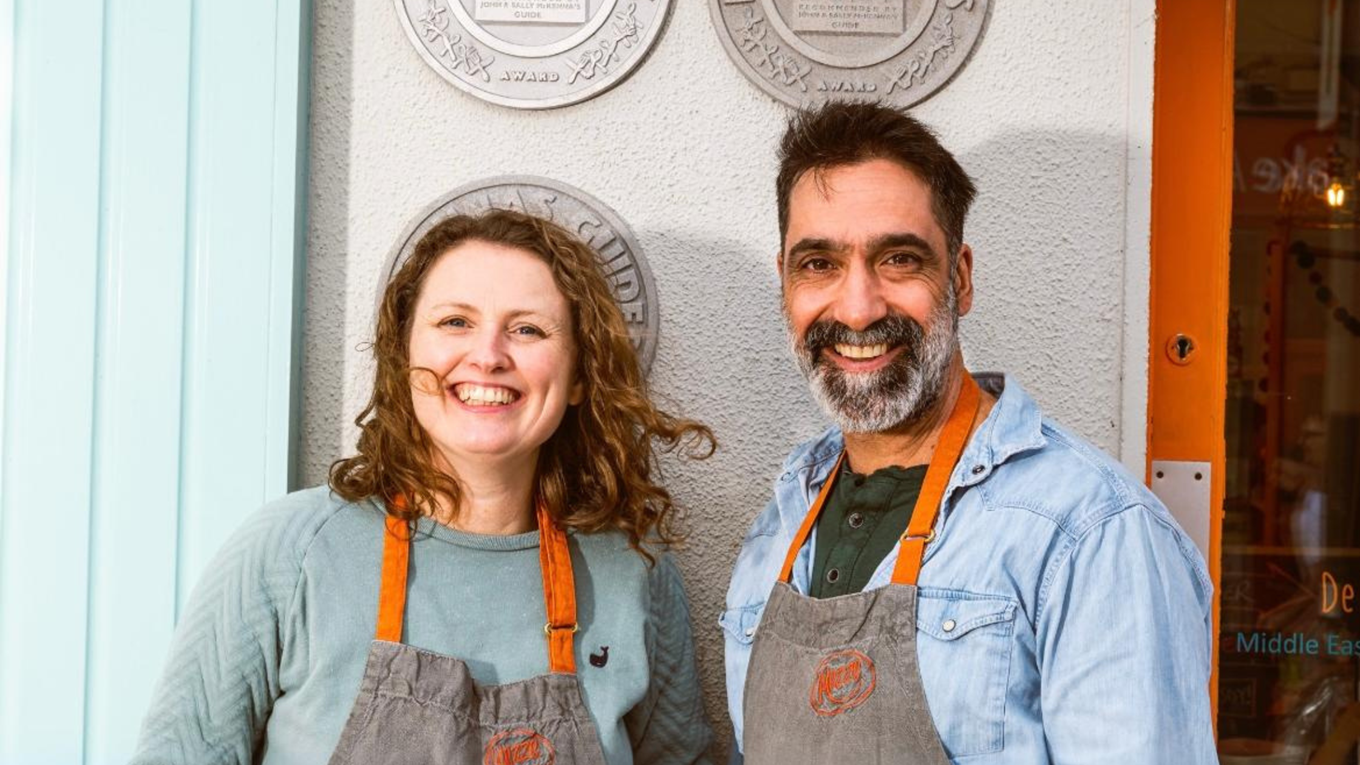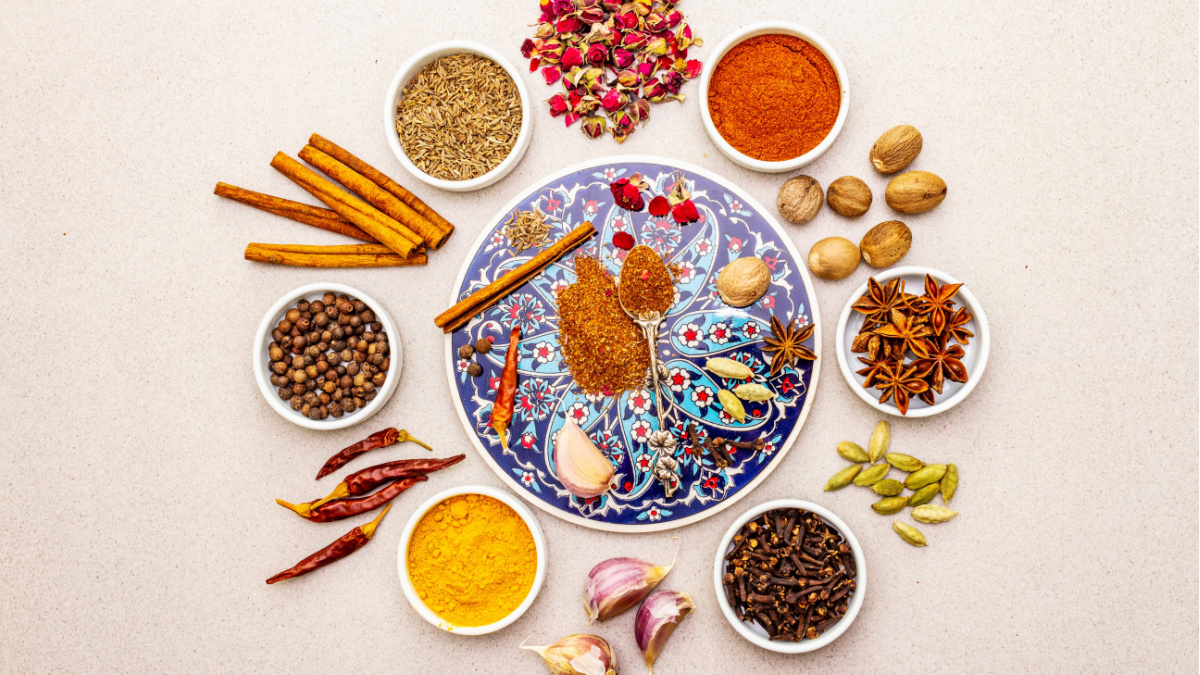Spice up your life

If you don’t cook a lot, adding spices to the pot can seem daunting. So, we spoke to Dvir and Nicola – owners of Mezze a Middle Eastern restaurant in Waterford – to get their hot tips on spicing up your plate…
Getting started
“Those inexperienced with spices may think it'll add heat to your food but not necessarily.”
~ Dvir & Nicola, Mezze
Dvir and Nicola explain that most people tend to associate spices with ‘spicy’, but in reality only certain spices like chilli will make your food hot. The couple suggest getting up close and taking in the aroma of the spices to get a sense of the flavours it brings.
“If you want to get to know your spices, smell it to understand better the flavours it'll bring to the food” ~ Dvir & Nicola, Mezze
They recommend adding less spice than a recipe suggests, and then add more if needed. You can always add more but it’s very difficult to take away!
The main thing to get started is to keep it simple. Dvir and Nicola tell us that the easiest way to introduce spice to your kitchen is by using recipes that include spices, and building confidence from there.
Getting prepped
Once you’ve got a grip on the basics, make sure your kitchen is prepared for all spice opportunities.
“We love cooking at home so our cupboard is always well stocked with individual spices and spice blends.”
~ Dvir & Nicola, Mezze
Dvir and Nicola give us the low-down on what spice profiles work best for certain foods:
- For chicken, tomato-based dishes or fish, use turmeric, coriander, cumin and paprika
- For beef or lamb dishes, cinnamon and cardamom (found in baharat spice blends) to add warmth
- A great all-rounder but works especially well with vegetables and legumes is ‘ras el hanout’ spice blend
Paprika, turmeric, coriander and cumin are favourites of Dvir & Nicola in their home cooking.
“These are the base of most of our cooking at home and in Mezze. After that a must have would be ras el hanout and baharat spice blends to add variety.” ~ Dvir & Nicola, Mezze

Getting creative
“Once you're confident with those spices you can start to play around with adding your own spices to dishes.”
~ Dvir & Nicola, Mezze
Once you have a good grasp on basic spices you can start getting creative with spice blends. One blend that has been mentioned already is ‘baharat’ – meaning spice in Arabic. Dvir and Nicola explain that they use it mostly for lamb dishes but also can work great on roasted vegetables.
“It combines spices like cumin, cinnamon and cardamom which gives great depth of flavour”
~ Dvir & Nicola, Mezze
Another spice blend is ‘Hawai’ij’, a Yemeni blend that can be used for shakshouka or a rub for pan-fried haddock and mujaddara. Finally, the third common spice blend is ‘ras el hanout’:
“Every spice shop has their ‘head of the shop’ spices (which is the direct translation of ‘ras el hanout’) that are mixed to create their own unique spice blend. In Mezze, we make ras el hanout with 15 of our favourite spices which include paprika, fenugreek, cinnamon and rose petals. You can use this blend to flavour Moroccan dishes such as tagines, as a rub on roasted cauliflower or in harira, a bean and lentil soup which is always a favourite with our kids and friends.” ~ Dvir & Nicola, Mezze
The main thing is to start off with the basics and learn from there! As Dvir and Nicola say,
“Adding a few simple spices can elevate a dish from mundane to Middle Eastern”.
Read more about swapping salt for flavours.

